We have choices to make
A bifurcated country represented on two consecutive days at the National Mall in Washington, D.C. (and other locations around the world), one wearing #MAGA red hats and the other pink pussy hats, renouncing Trump’s statements, attitudes, and priorities (some with more aplomb than others).
Trump talked about “American carnage” and “America first,” a slogan designed to insulate and alienate the U.S. from the rest of the globe.
The women, men, and even children who marched at the Women’s March rallied around diversity, the environment, human rights, kindness, and of course rights of women. Here are a few scenes from Philadelphia's March.
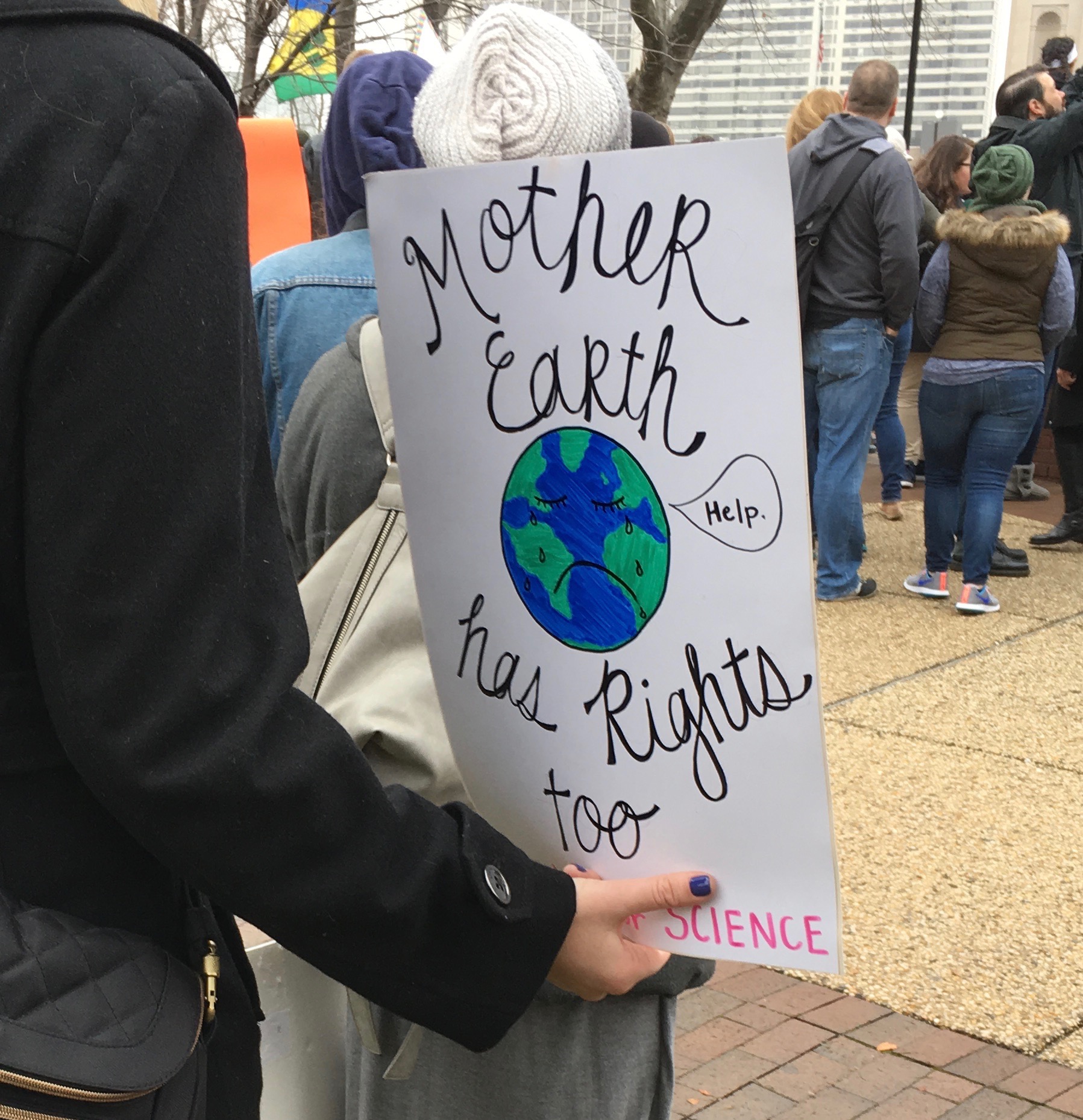
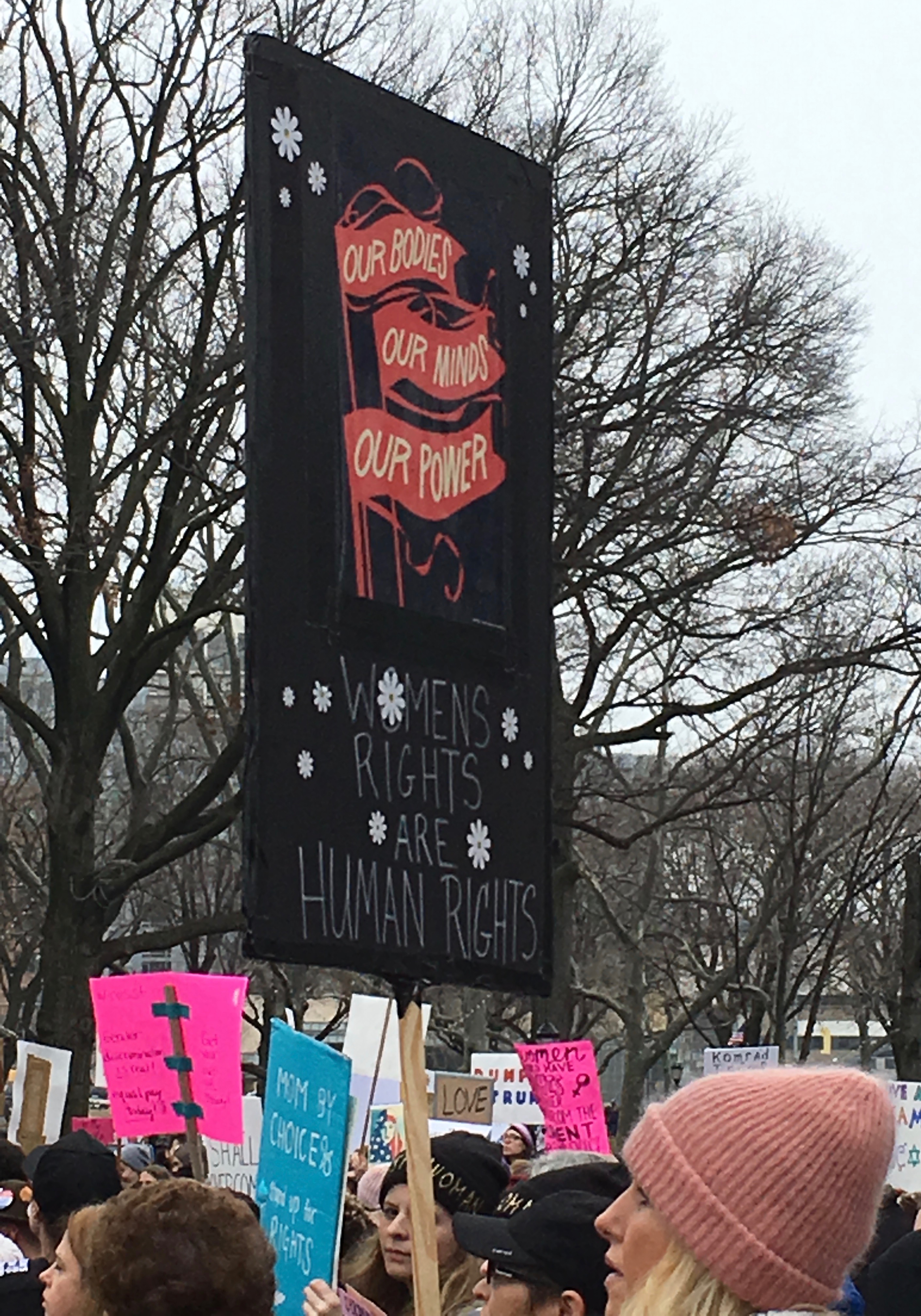
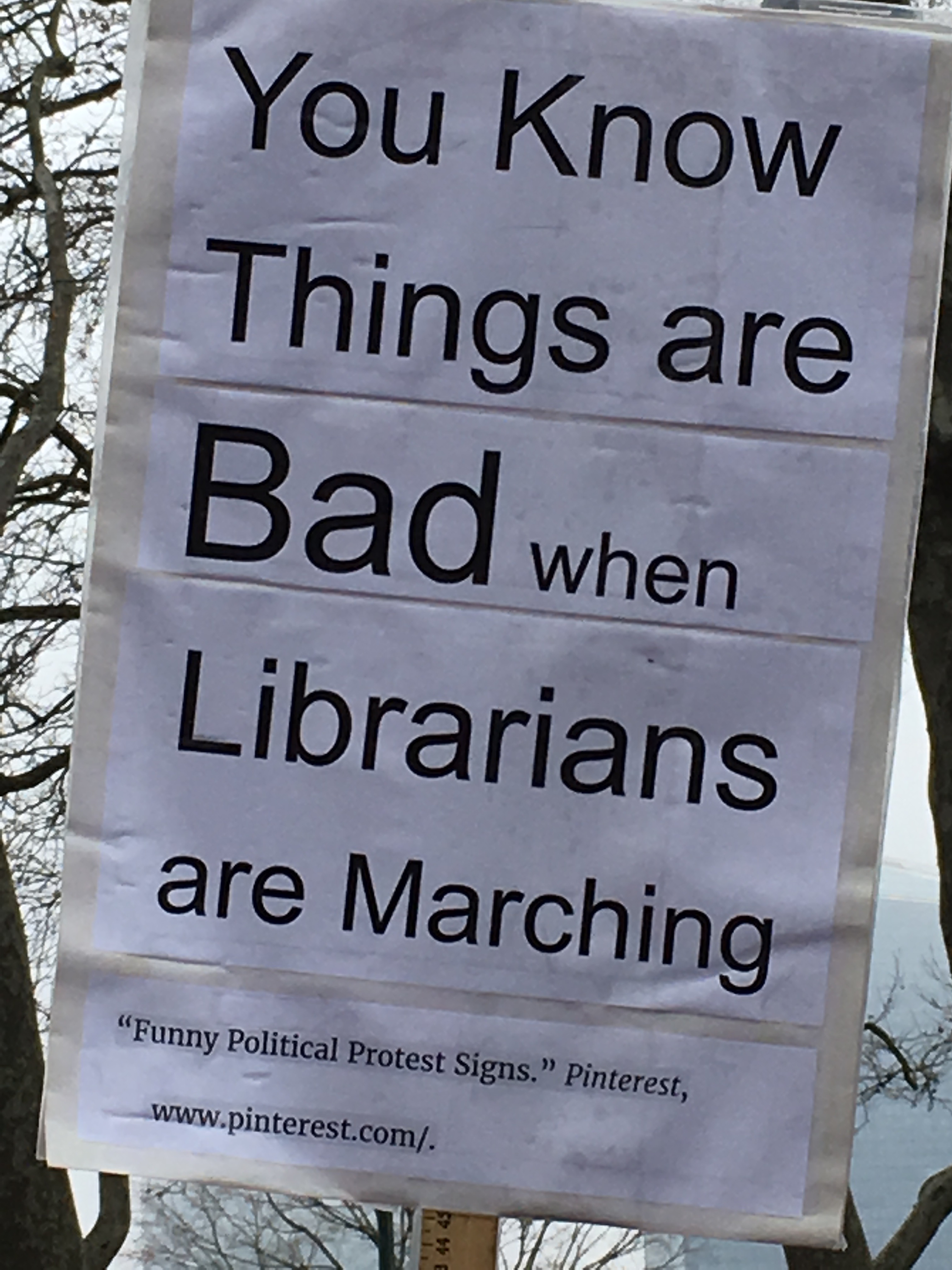
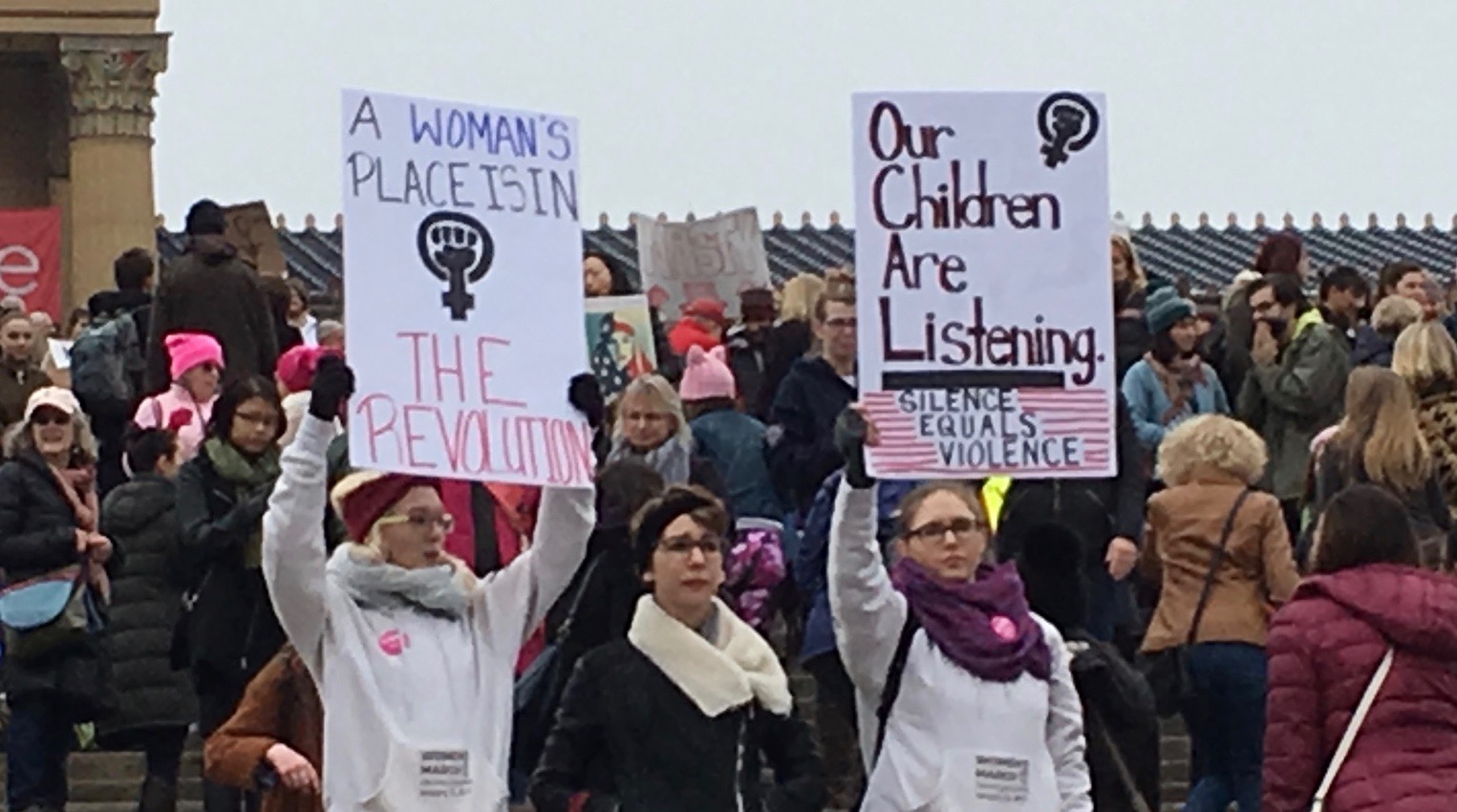
Why this matters for you
The next four years will be interesting times for organizations. One of the big trends I see is a forward and backward momentum. At the moment it feels like a schism. Two tectonic plates rubbing against each other.
Take demographic shifts. In the U.S. since 2011 white babies are the minority. More recently, researchers reported that in 17 states, non-Hispanic white deaths exceed births.
With an aging white population, a decrease in the number of white women in childbearing years, and lower fertility rates, coupled with immigration trends, and you can see that a shift is already underway
In fact non-Hispanic whites will be a minority (47% of the population) by mid-century (the Census Bureau pegs the year to 2042, while Pew Research Center believes it’s closer to 2050).
While Baby Boomers developed workplace policies to expand racial and ethnic diversity, Millennials see diversity more in terms of “cognitive diversity.”
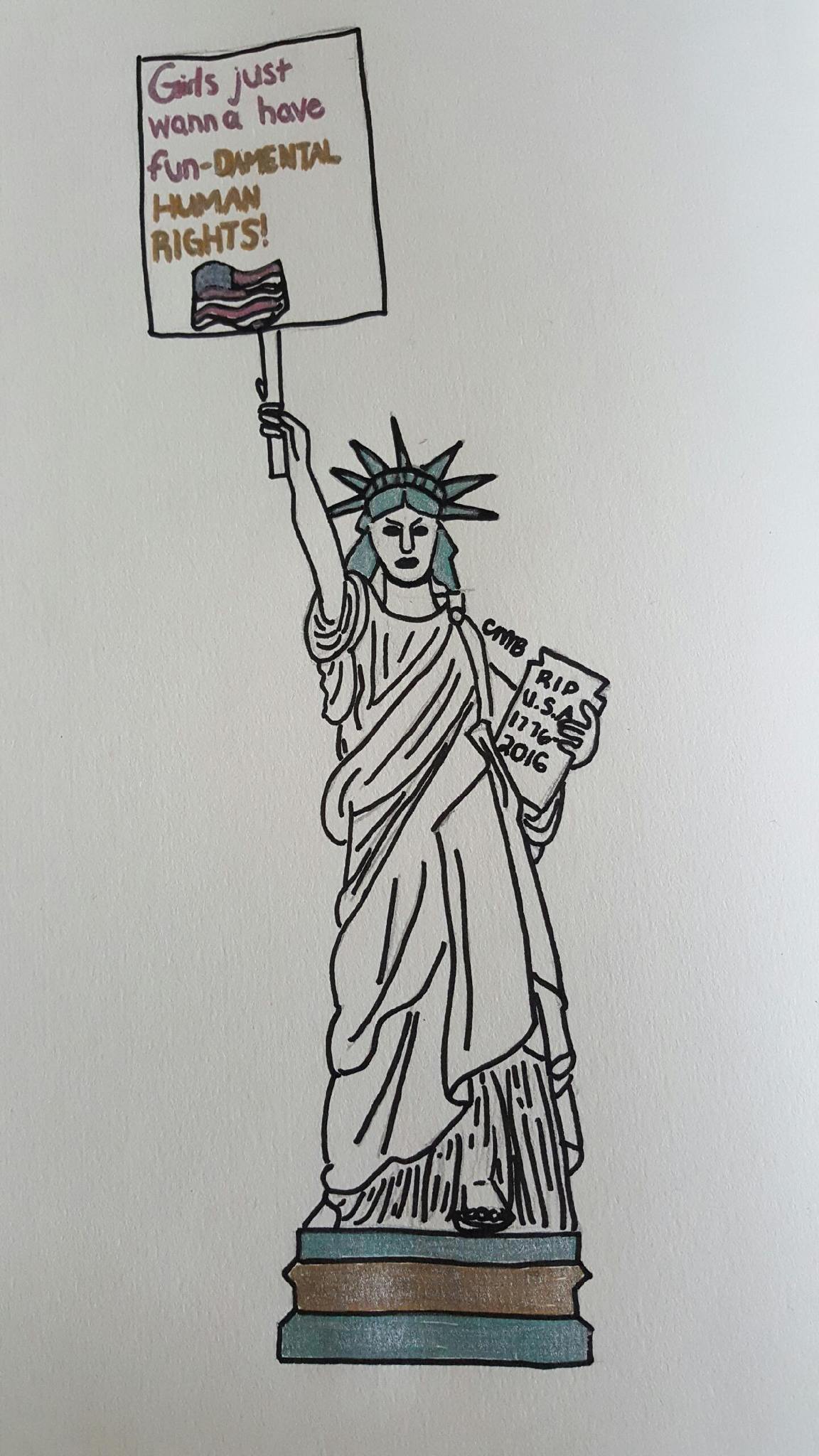 Illustration by Generation Z member Caroline Bower.
Illustration by Generation Z member Caroline Bower.
And pretty soon joining us in the workforce, we’ll have Generation Z, a group that according to researchers is unaware of differences and will be the last generation in which whites are the majority.
What does this mean for your business or organization?
And what does it have to do with the new presidential administration?
We can scream and shout that America was better in the past. We can want the world to go back to the days of Father Knows Best. We can want the factory jobs and America-centrism. We can prefer that climate change isn’t happening so we don’t have to devise new energy technologies. We can believe it’s our right to mine the planet and unleash a torrent of consumerism, with blinders on that our actions are affecting our planet’s and our own health. And that it won’t matter if we do the same thing to Mars or the Moon or meteors.
But that doesn’t make it real.
Even if you deny humans’ role in climate change, wouldn’t it be better to err on the side of caution?
Even if climate change scares you and you don’t want to lose your foothold in fossil fuels, doesn’t it make sense to explore options so you don’t go the way of the horse and buggy?
Even if you’re uncomfortable that demographics are changing and the world is globalizing through technology and travel and communications and that gender boundaries are becoming unclear and not like they used to be, you can’t just shut the world off. You cannot stuff the genie back in the bottle.
Underlying these most dramatic changes and evolutions, our values are changing, too. The more modern or post-modern the society, the more advanced the values are of that culture.

As citizens and organizational leaders, we can make choices about:
- Whom we vote for,
- Which products and services we buy (women make 85% of household buying decisions),
- Which companies we invest in,
- Which causes we donate to, volunteer for, and sponsor,
- Which states we visit,
- What media we consume,
- How we spend our time — passively consuming entertainment media or educating ourselves,
- Which product innovations to support,
- Which environmentally protecting adaptations we make to our processes and product designs.
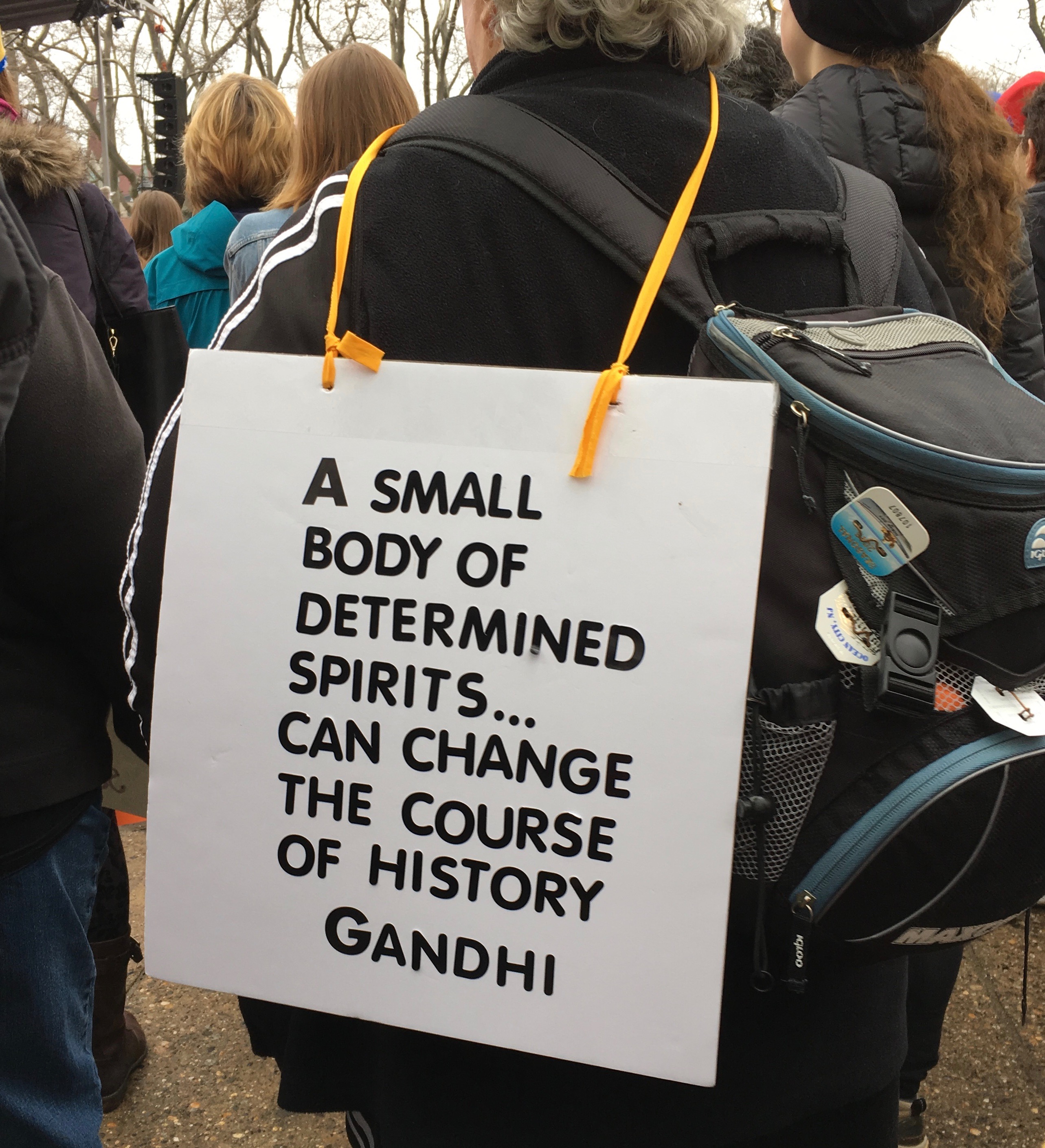
We are not powerless — as everyday people and as executives in organizations. The future is already unfolding, and we can have an impact on its direction.
How will your company, your nonprofit, or your association navigate through these grinding, polarizing positions?
The musician/activist on stage at the Women's March in Philadelphia led a call and response: "Peace, Love, and Sound Mind."
I'd say that's a pretty good mantra for all of us in the years ahead.
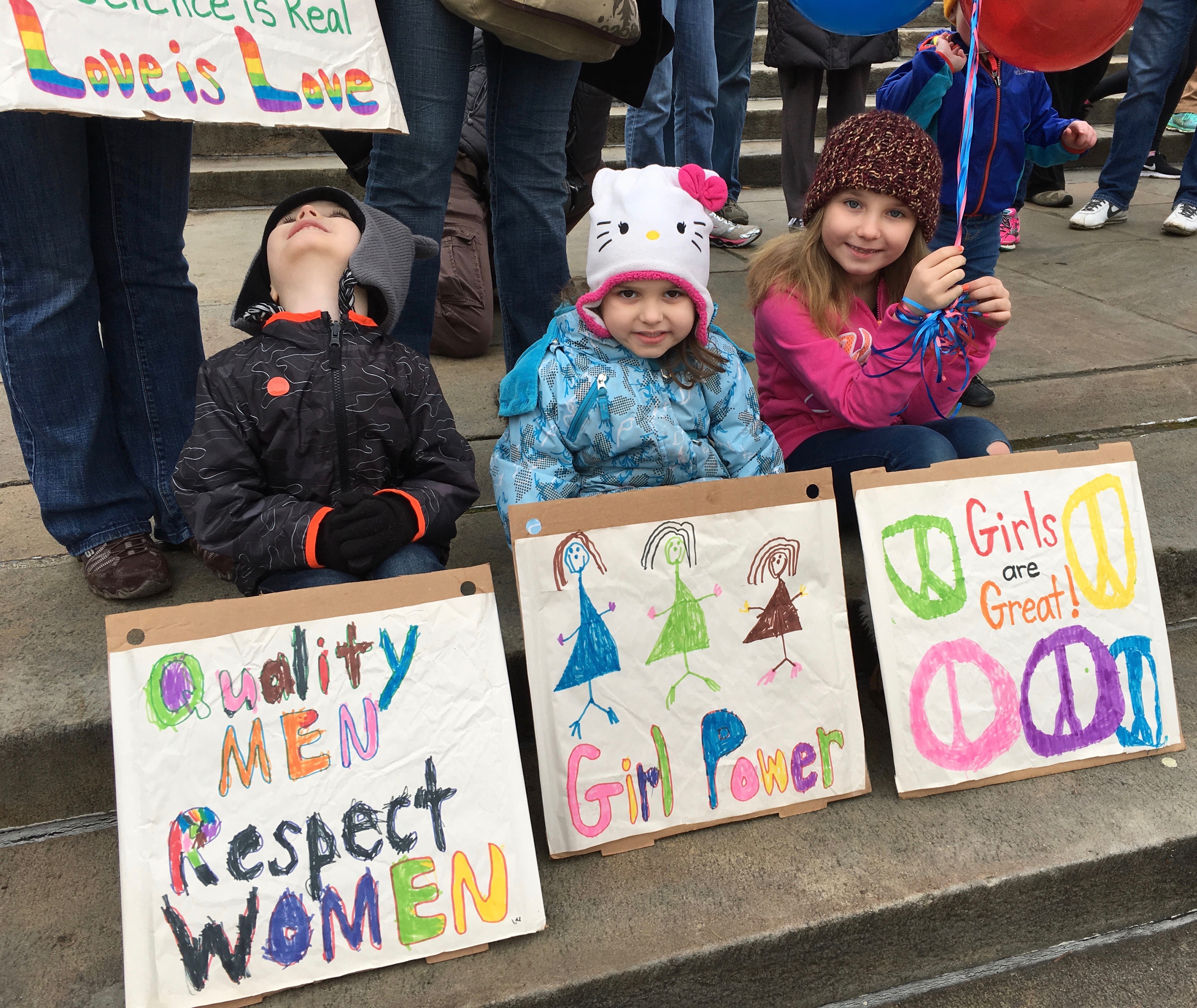



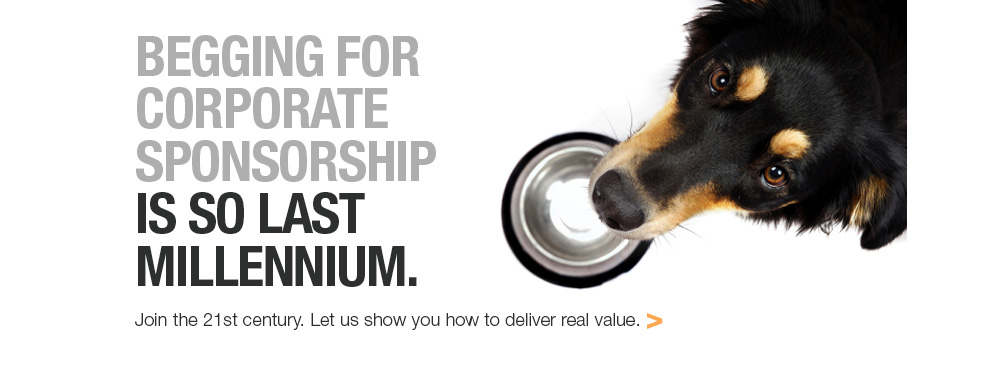

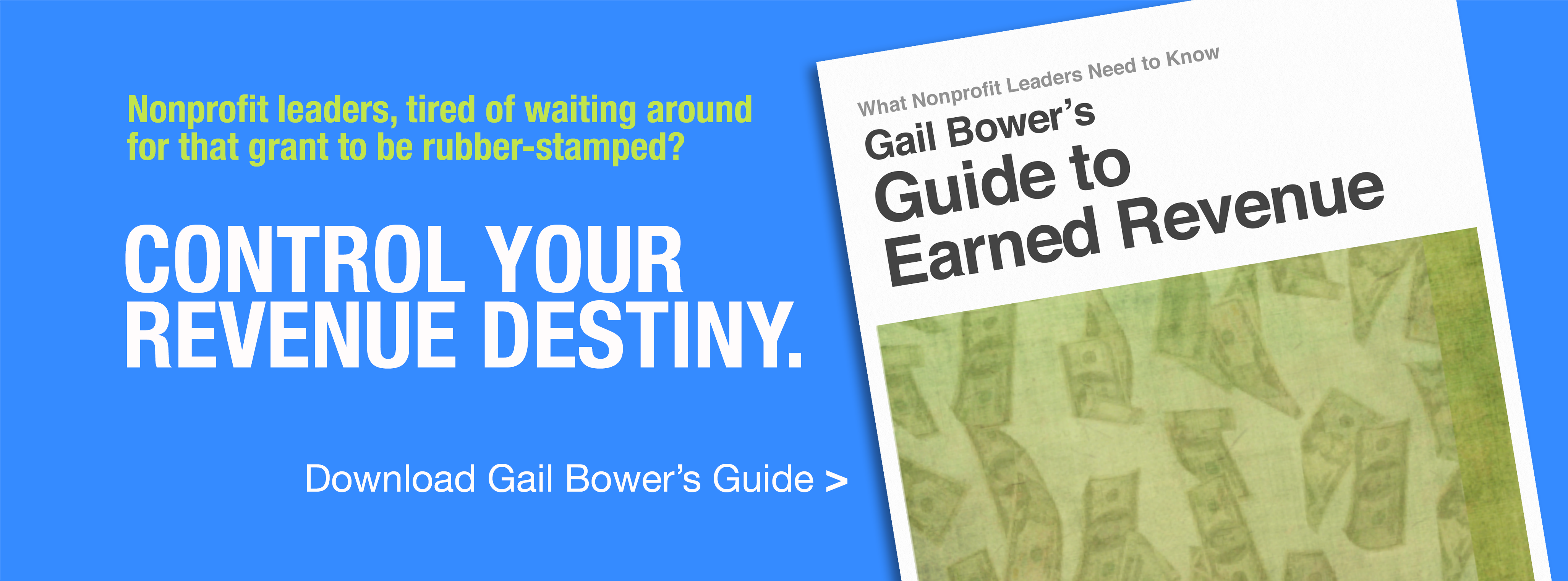

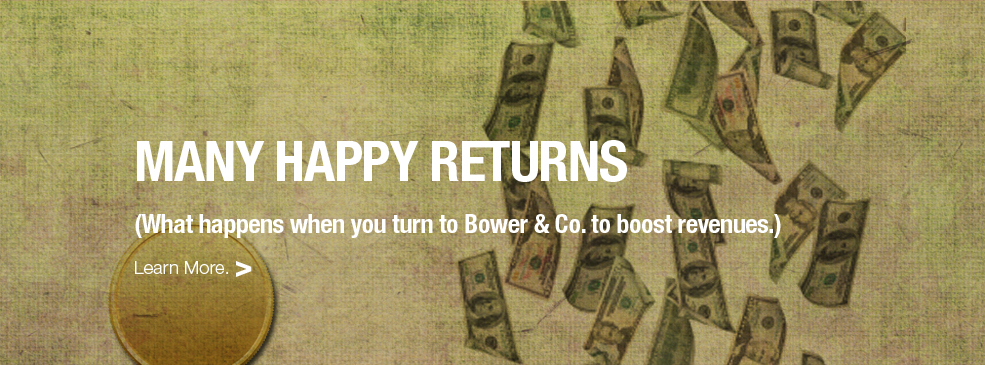


 January 25, 2017
January 25, 2017
Reader Comments